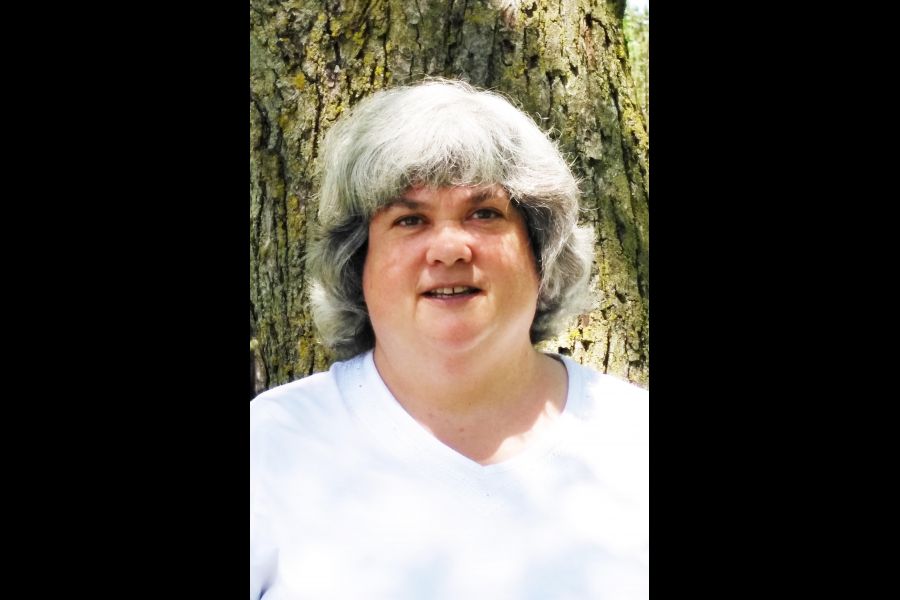I am ready for spring, but as I am writing this, looking out the window at another snowy day, I don’t think that winter is ready to give up yet.
They are calling for another 15 centimetres of snow. What a great day to go through the seed catalogues once again.
We are now at the beginning of March and it is almost time to start planting your vegetable seeds indoors. Here are some tips to get you off to a good start.
First, let’s look at what supplies are needed. The easiest way to get started is to purchase a seed starter that comes with a tray that holds water, some pots or cell packs, and a clear plastic dome.
The clear dome placed over the pots in the tray helps to hold the moisture in until the seeds begin to germinate. If you like to recycle or use less plastic, you can always make your own containers to plant the seeds in. There are endless ideas online on what can be used – egg cartons, eggshells, newspaper, even toilet paper rolls.
For soil, you want to have a very light mix, something like a “seed starting mix” or a “potting mix.” You do not want to use a “potting soil. The difference between potting mix and potting soil is that the mix contains no soil. It is comprised of peat moss, vermiculite, perlite and sometimes a fine mulch.
Potting soil does contain soil and is too heavy of a mix for seedlings. Another thing that you should have is some type of waterproof labels for each container. If you plant a lot of seeds from year to year, you may want to keep a journal, recording the dates on which you planted the seeds indoors and transplanted them out in the garden so that you can make changes the next year if needed. Of course, the last thing you need is the seeds themselves. Make sure you are buying seeds from a reputable supplier.
Now you are ready to start sowing your seeds. Fill your pots or cell pack with moistened potting mix so the soil level is just a little below the top. Very lightly compress the soil mix with your fingers. Disperse seeds on the surface of the soil.
Then lightly cover the seeds with a very thin topping of more soil. Most seeds do not need to be very deep at all, so make sure you are not putting too much on top of them. Lightly and gently water the soil allowing the water to soak in.
It is OK if some water remains sitting in the tray below. Once watered, place the dome over top of the tray. You will notice condensation forming on the dome.
The seeds will not need watering again until they have germinated. Place trays near a bright sunny window. When the seedlings become visible, remove the dome permanently and start watering as required.
Do not let the soil dry out completely. To help strengthen the seedlings, you might want to have an oscillating fan running nearby. This helps strengthen the stems of the plants and improve air circulation so there will be fewer problems with fungus problems such as damping off. As seedlings start to grow, rotate the trays around every couple of days to keep the plants growing straighter.
To know when the best time to sow your seeds always refer to your seed package for recommendations. Generally speaking:
-
Pepper seeds can be started indoors at the beginning of March. So can onion seeds.
-
Most tomato varieties and eggplant varieties should be planted mid- to late March. The seeds do not require bright light to germinate but need to be moved to a sunny spot once germinated.
-
Crops like broccoli, cauliflower, cabbage, lettuce and spinach can be direct seeded into your garden around April 11, assuming the ground can be worked. But it's better to start them indoors around mid- to late March and then transplant them into the garden around May 3. These plants can tolerate colder conditions.
-
For summer vegetables like beans, corn, squashes, pumpkins, cucumbers, watermelons, gourds and sunflowers, seeds can be directly planted into the ground around May 23, but because these vegetables need more days to mature, you can get a head-start by planting these summer vegetables indoors around May 3. Then transplant those seedlings out after the danger of frost is past.
Happy seed planting!
Joanne Young is a Niagara-on-the-Lake garden expert and coach. See her website at joanneyoung.ca.











